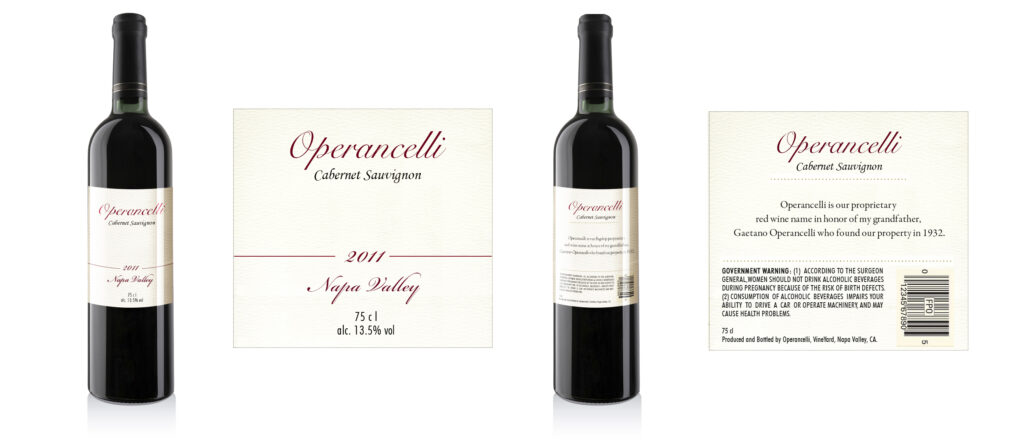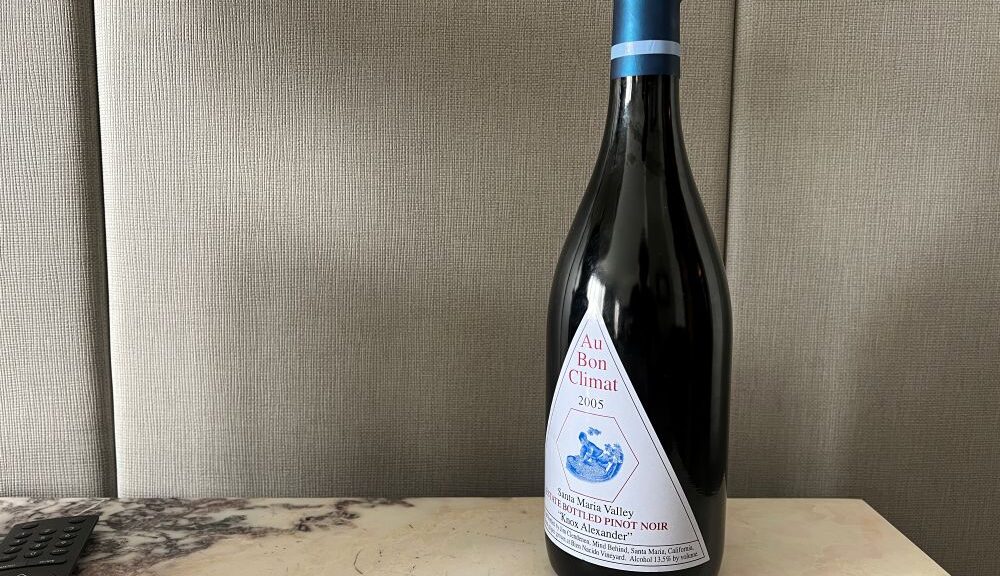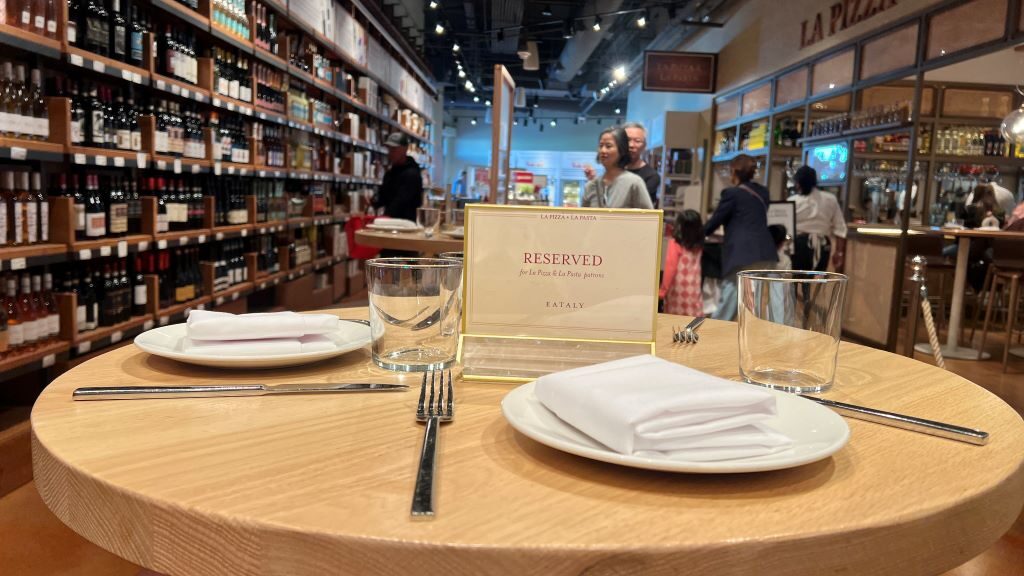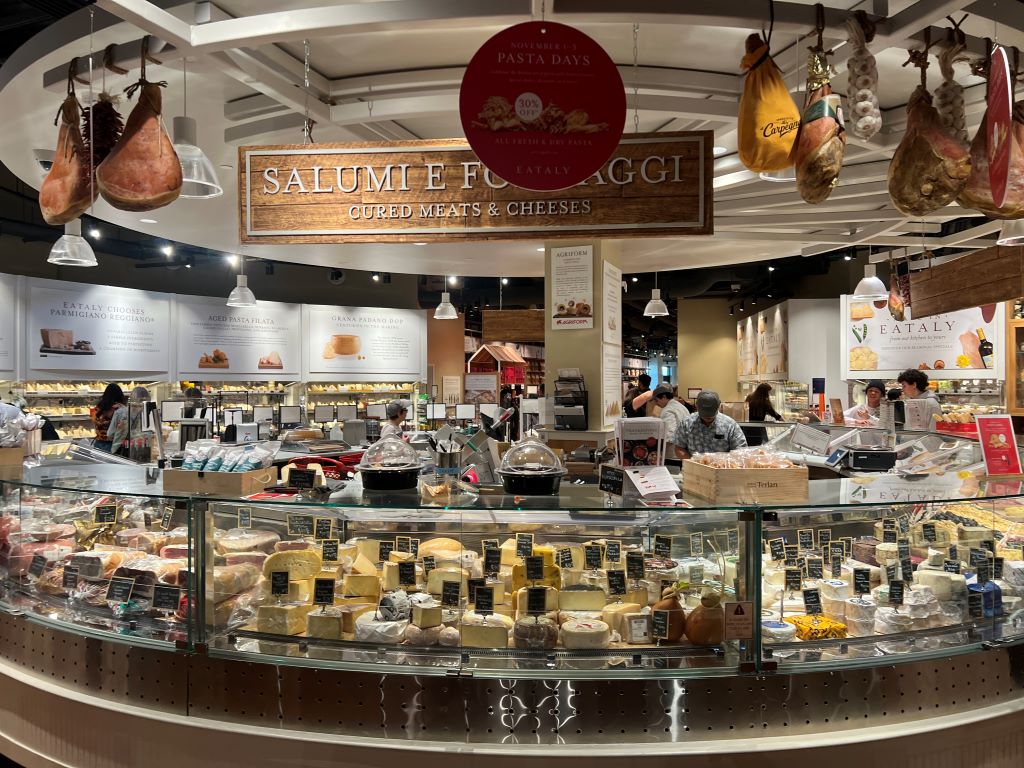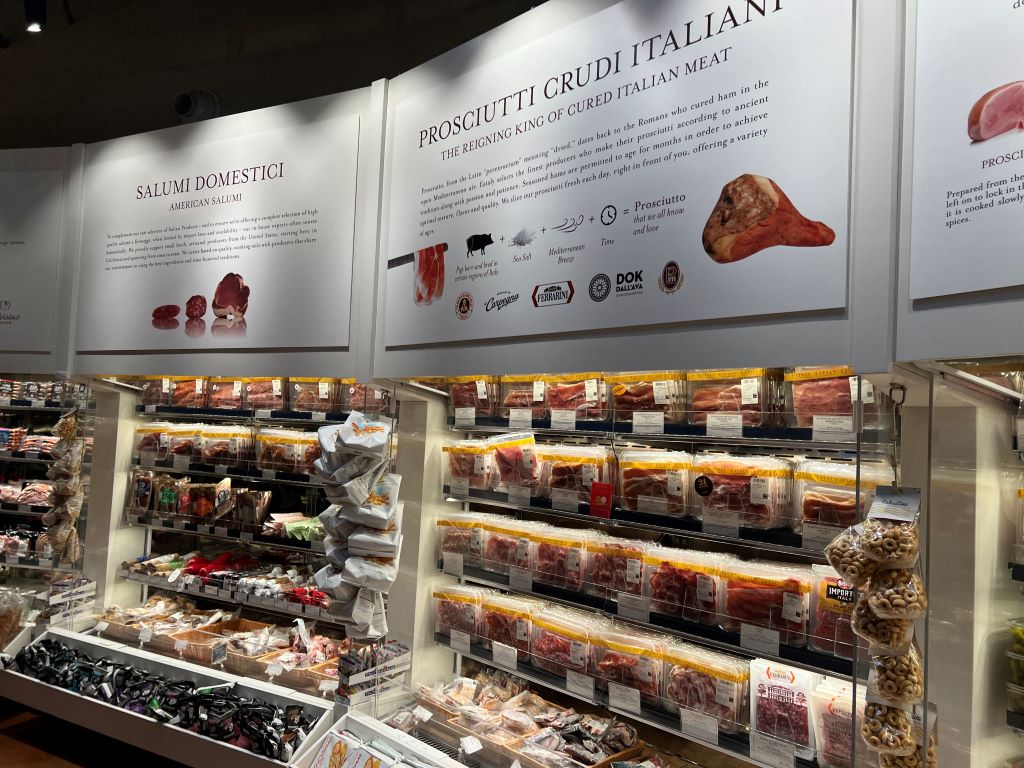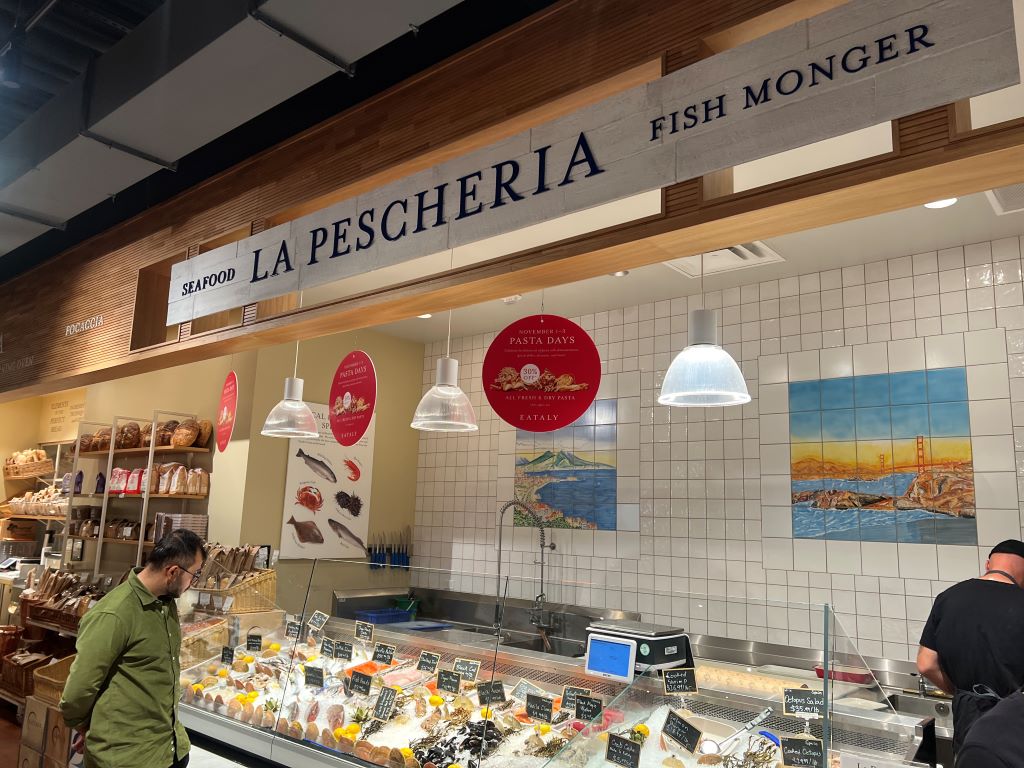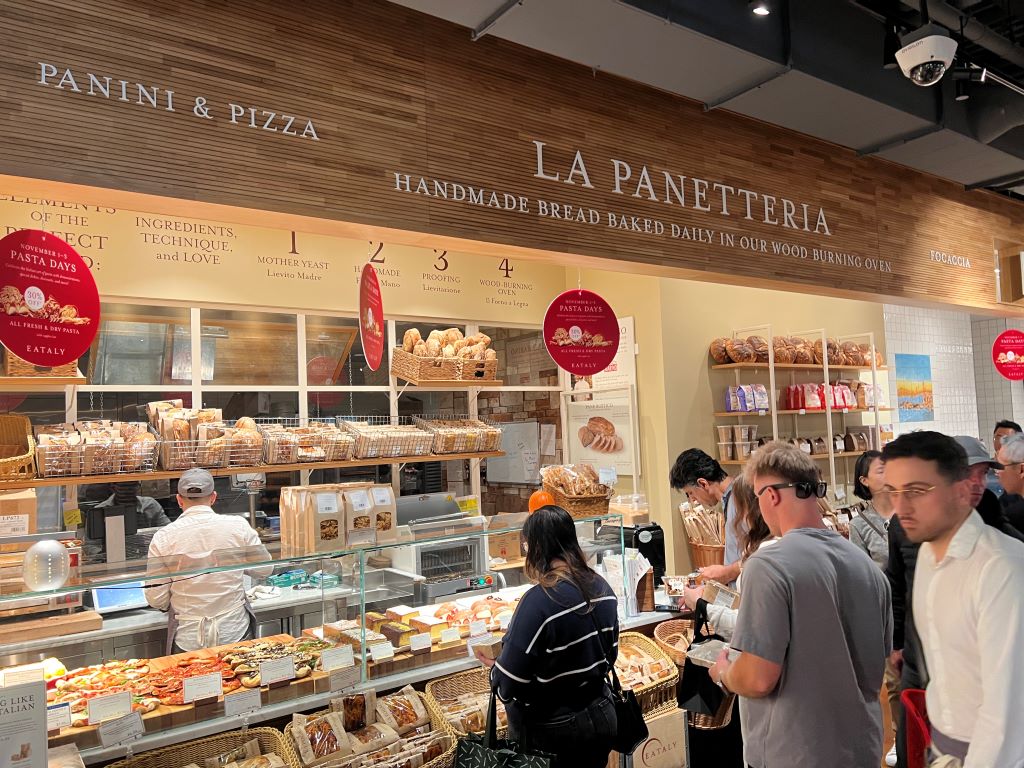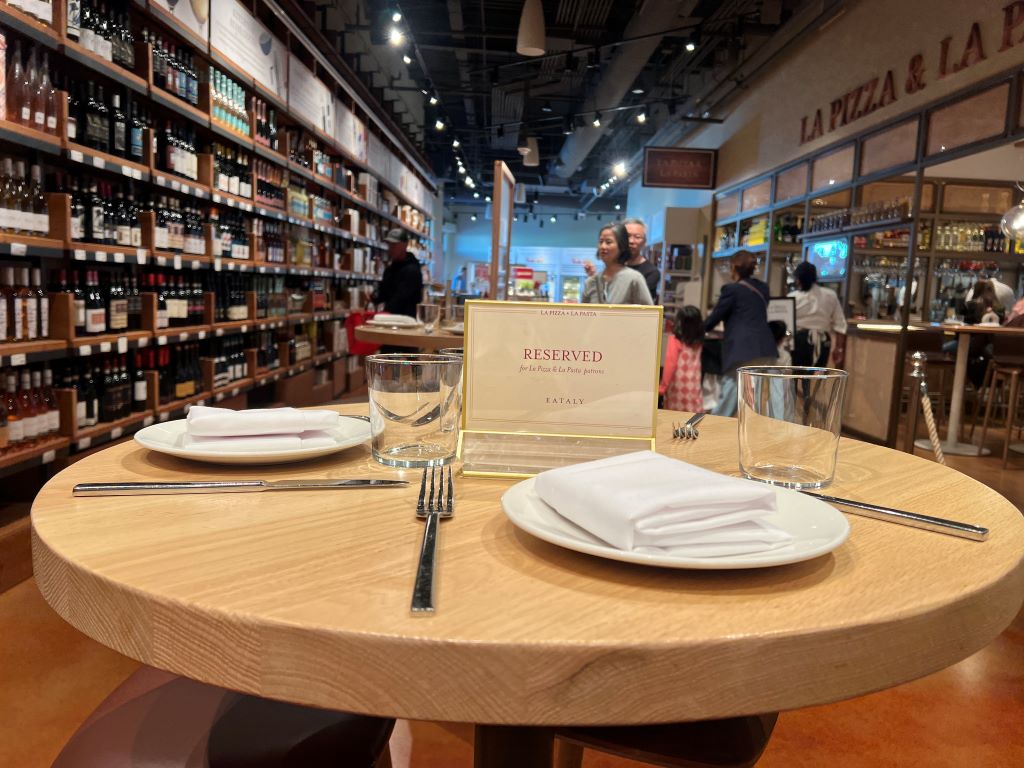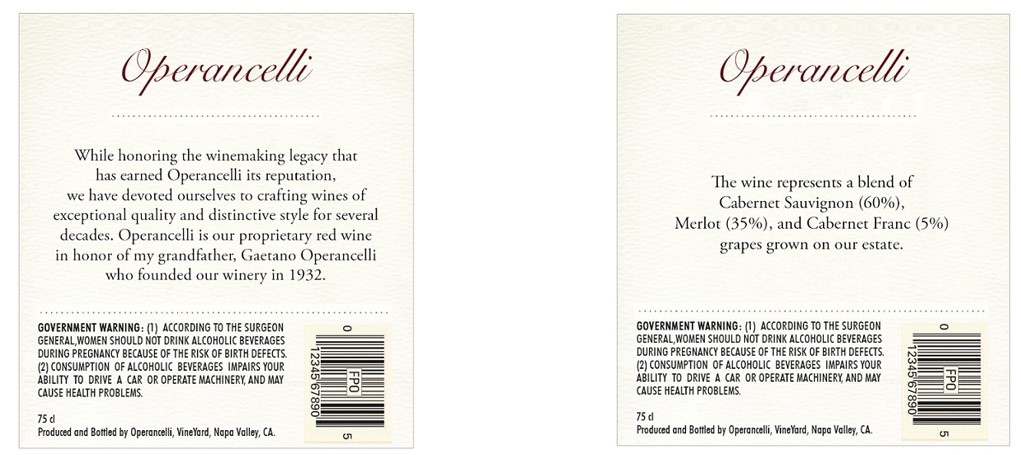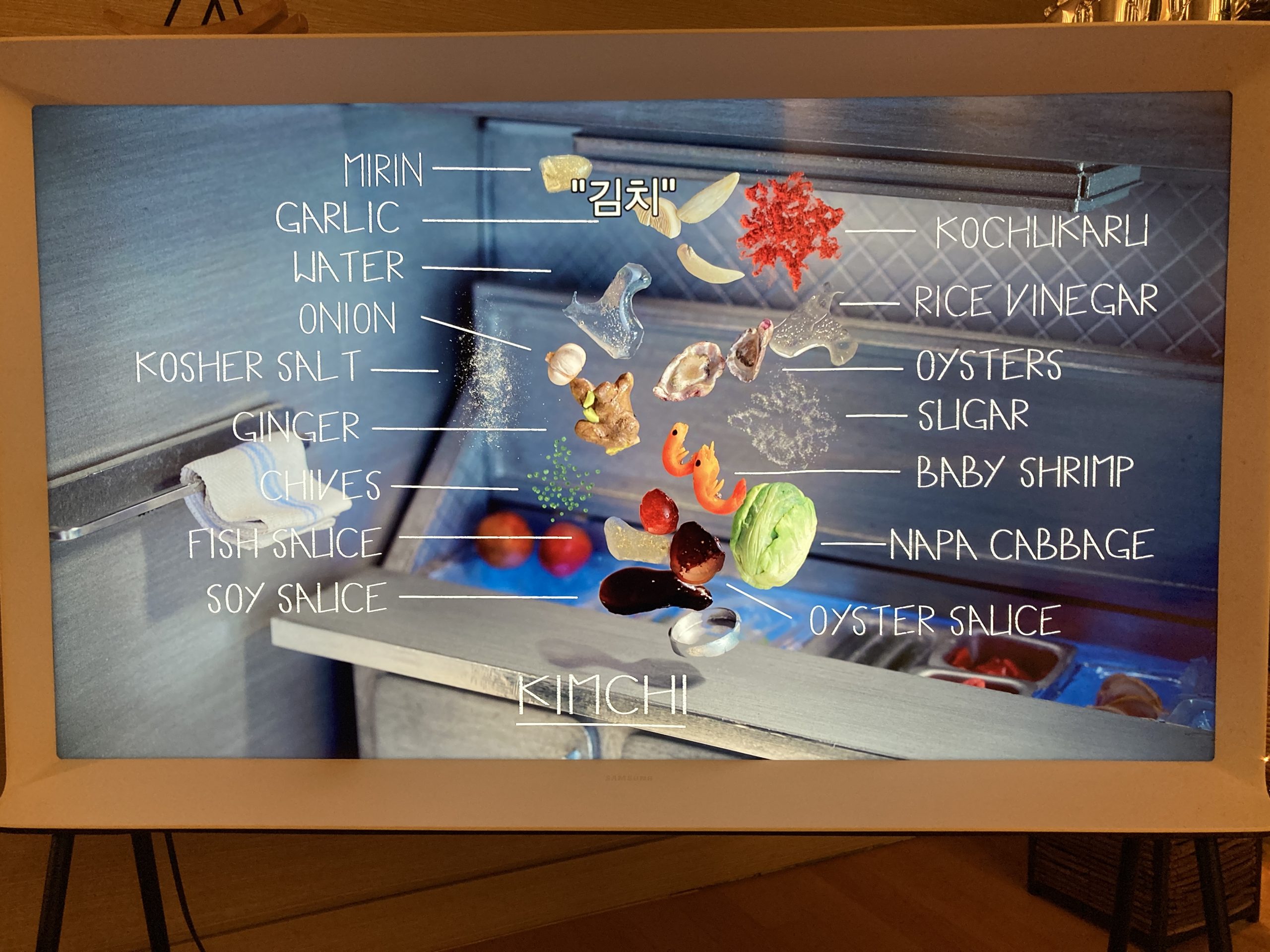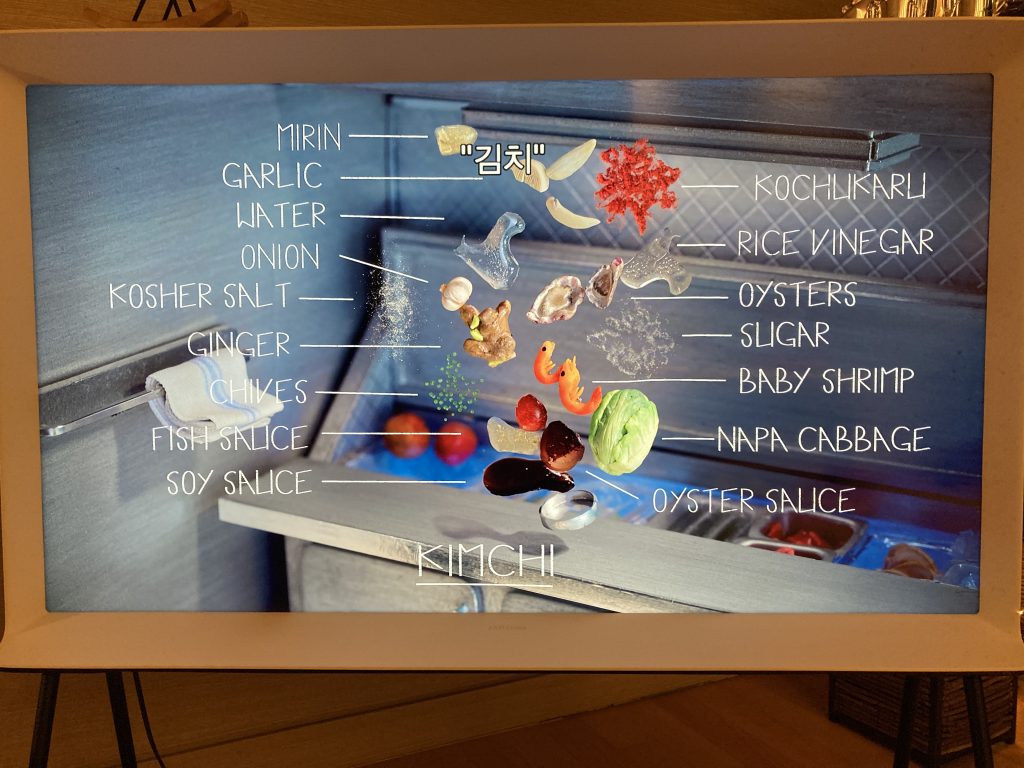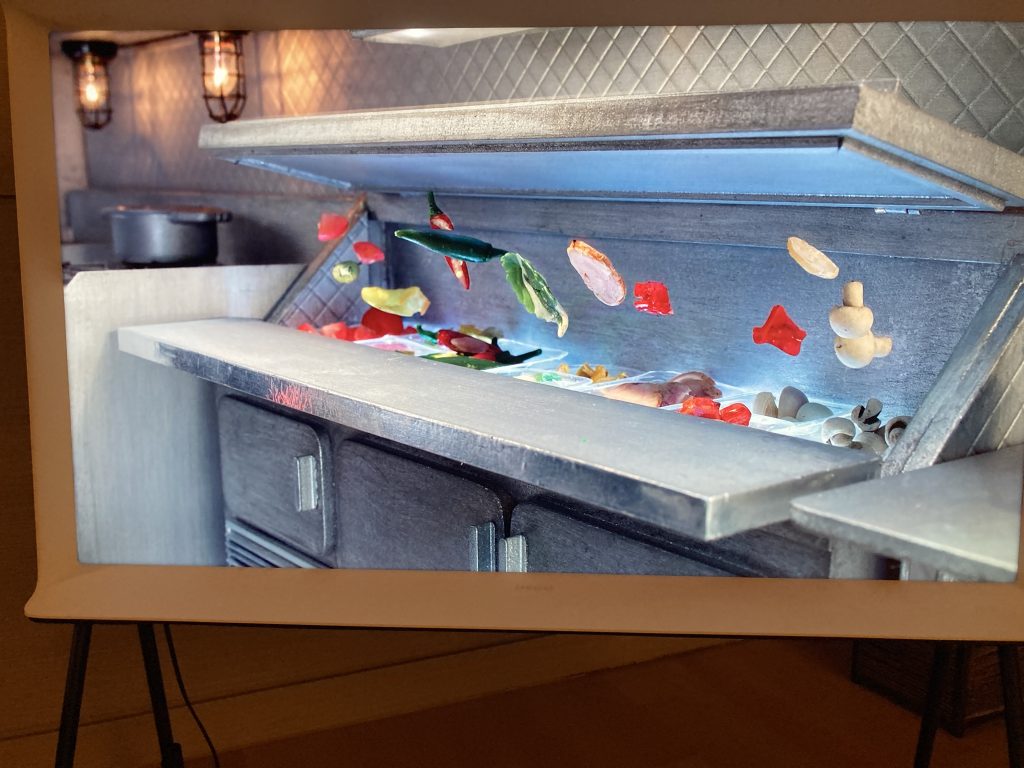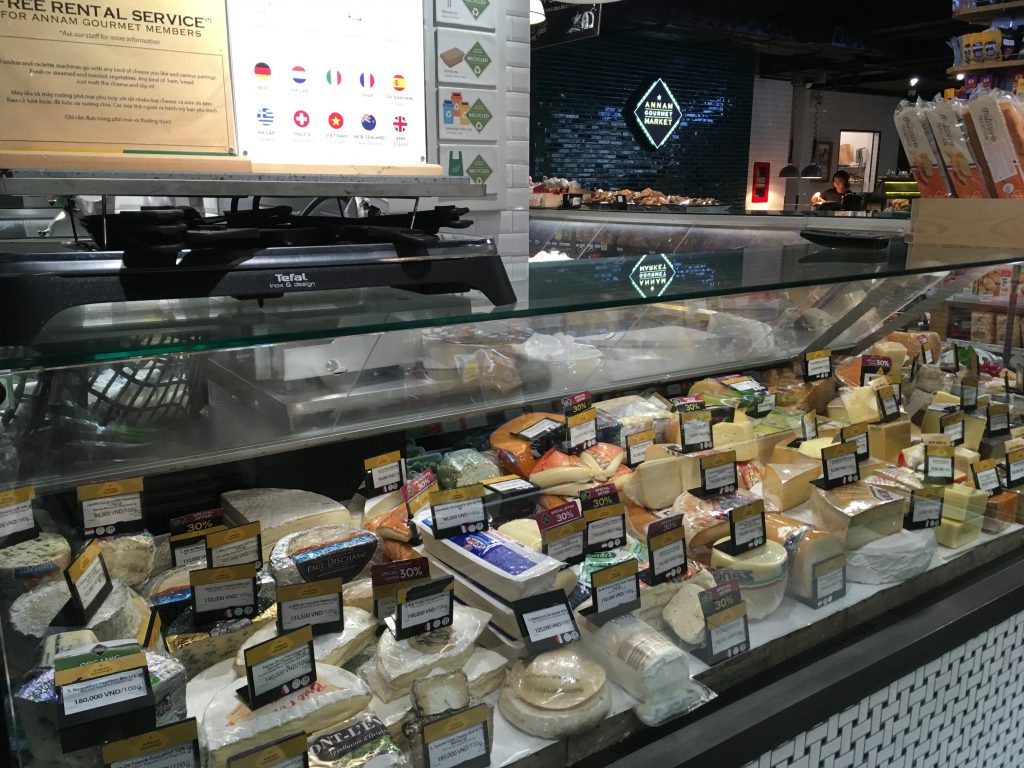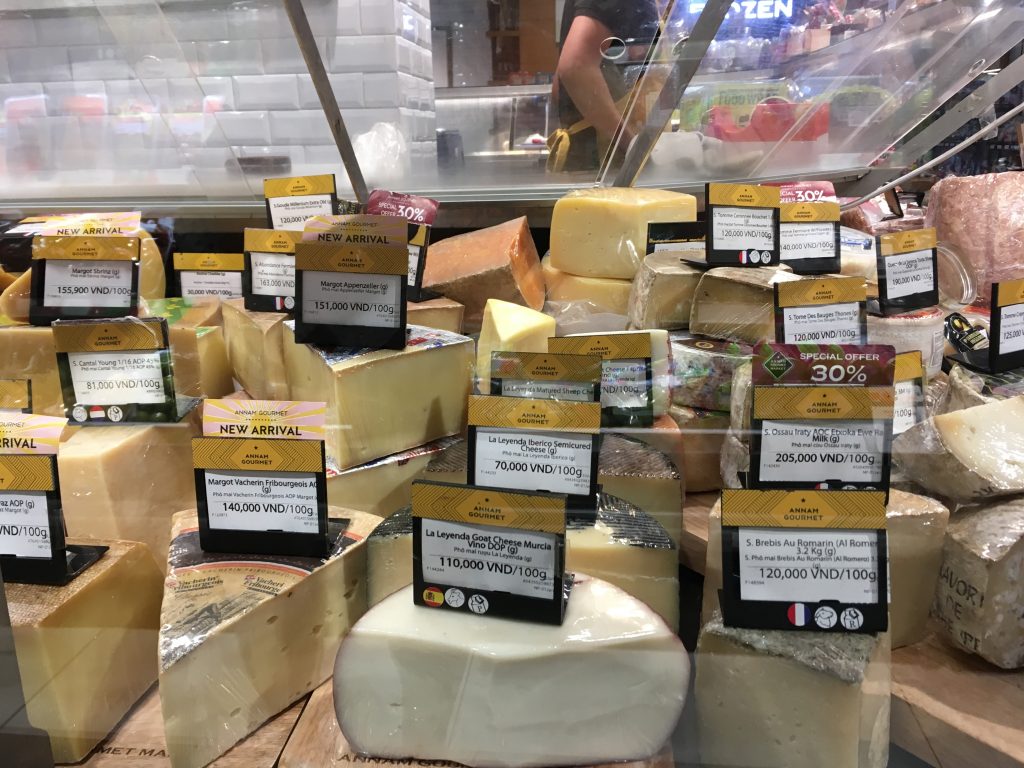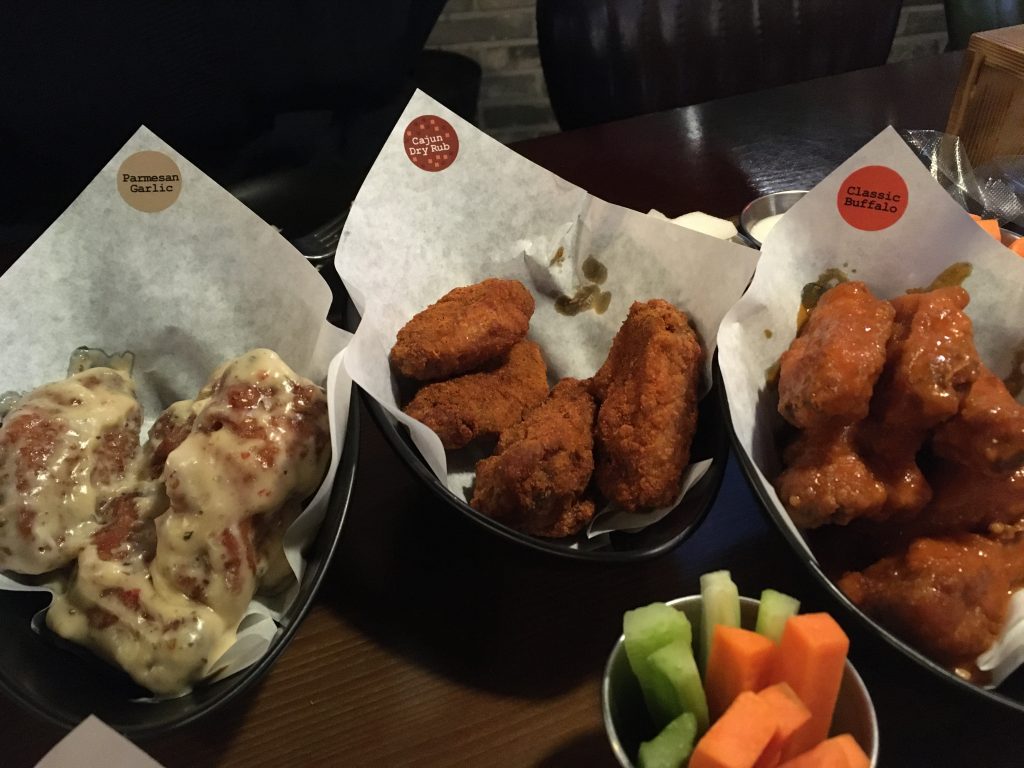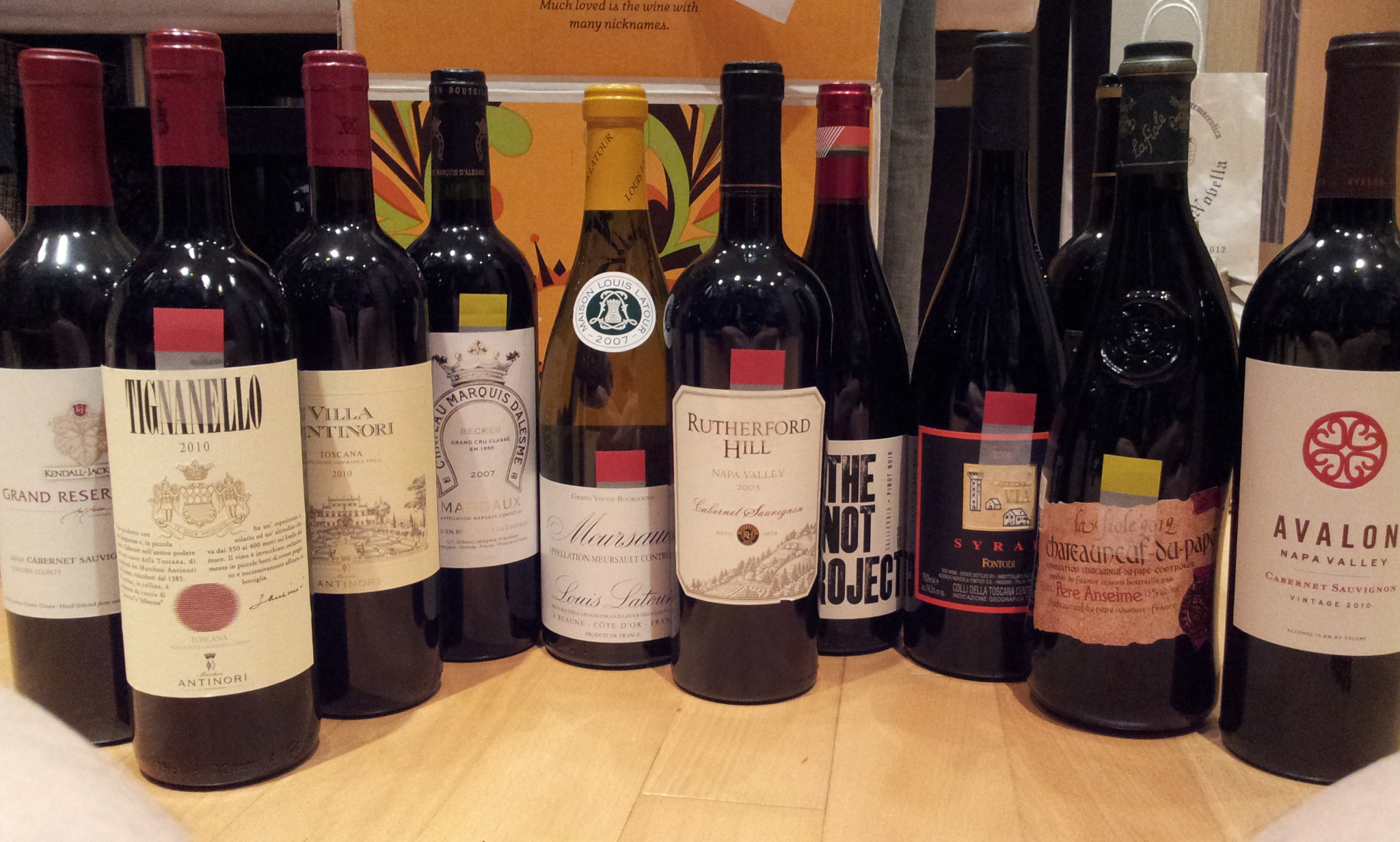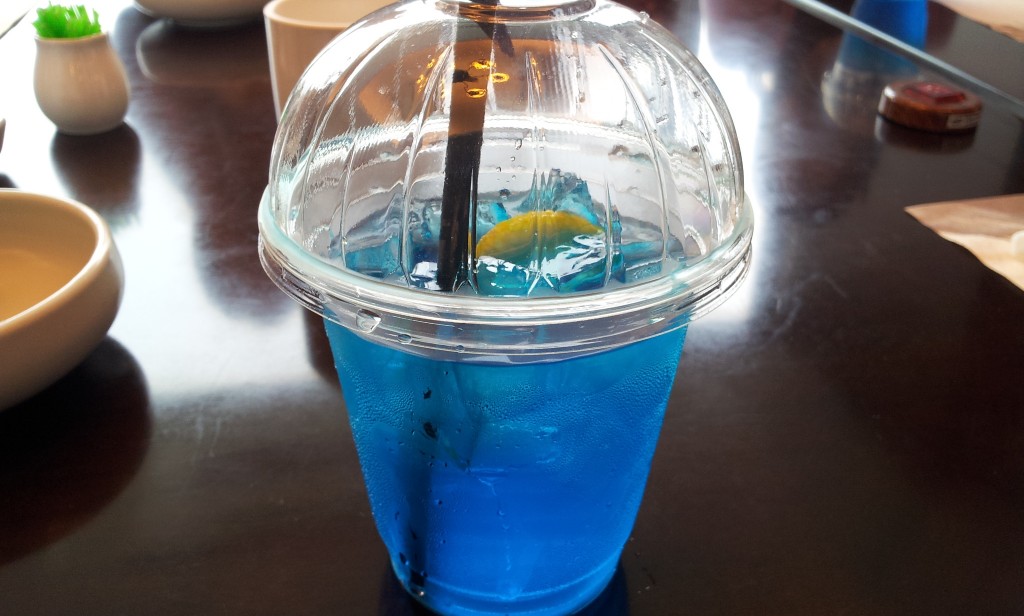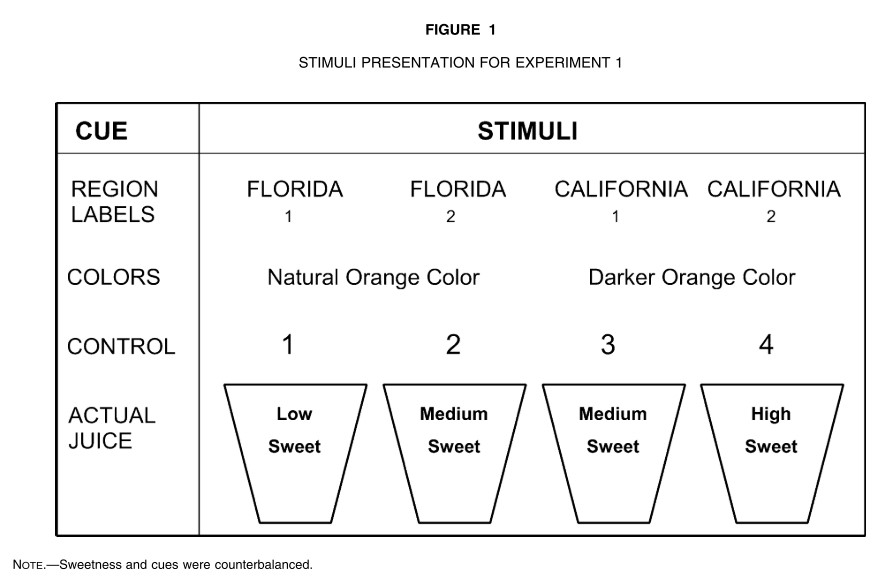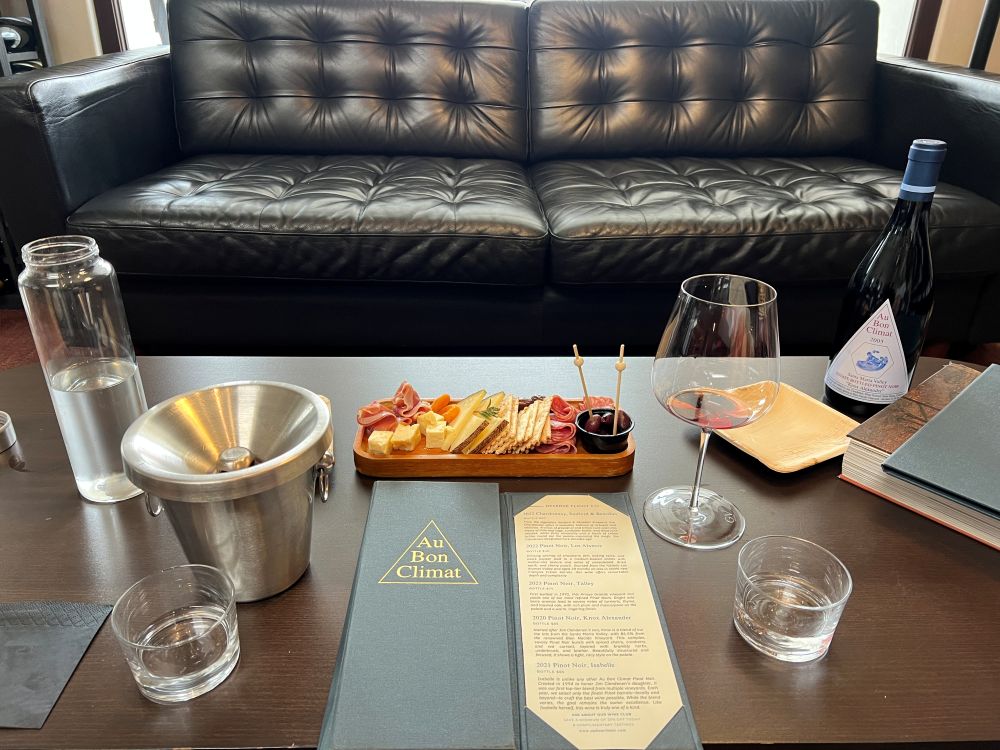
I visited Au Bon Climat in Santa Barbara for a wine tasting. They served four wines under the same winery. Each wine had a different story: one was named after the winemaker’s mother, another after his daughter, and another after his son. The tasting experience combined with these stories felt personal.
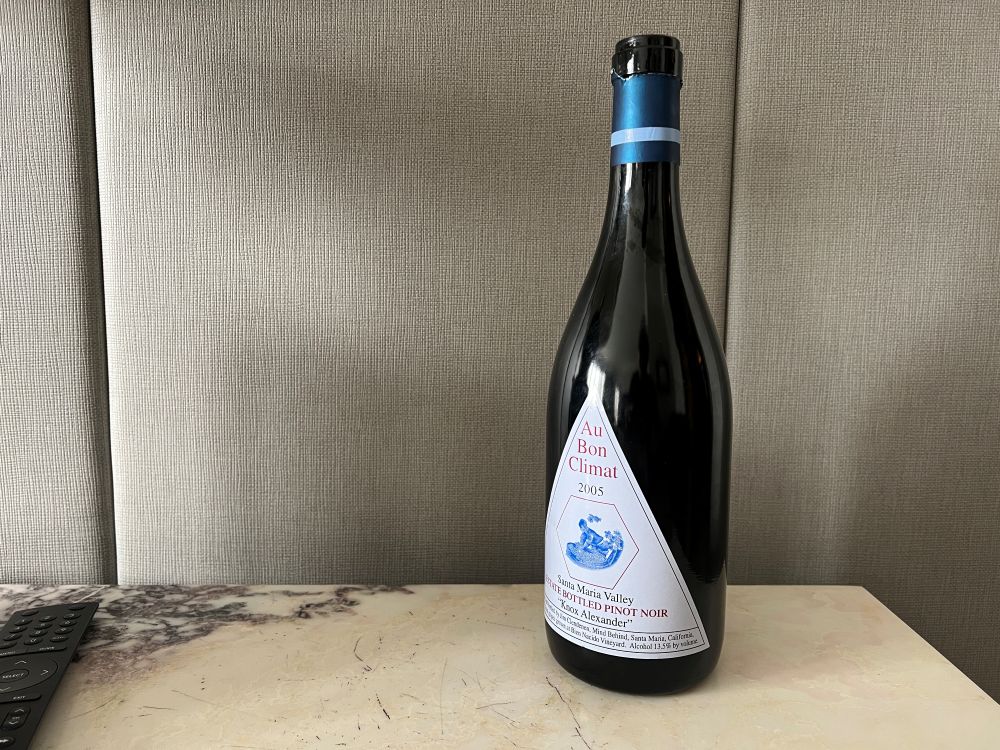
What surprised me more was the wine label. Most wine bottles use square or rectangle labels, but Au Bon Climat uses a triangle label. This shape made the bottle stand out from many other wines on the shelf. Such a small design detail could change how people notice and remember a brand.
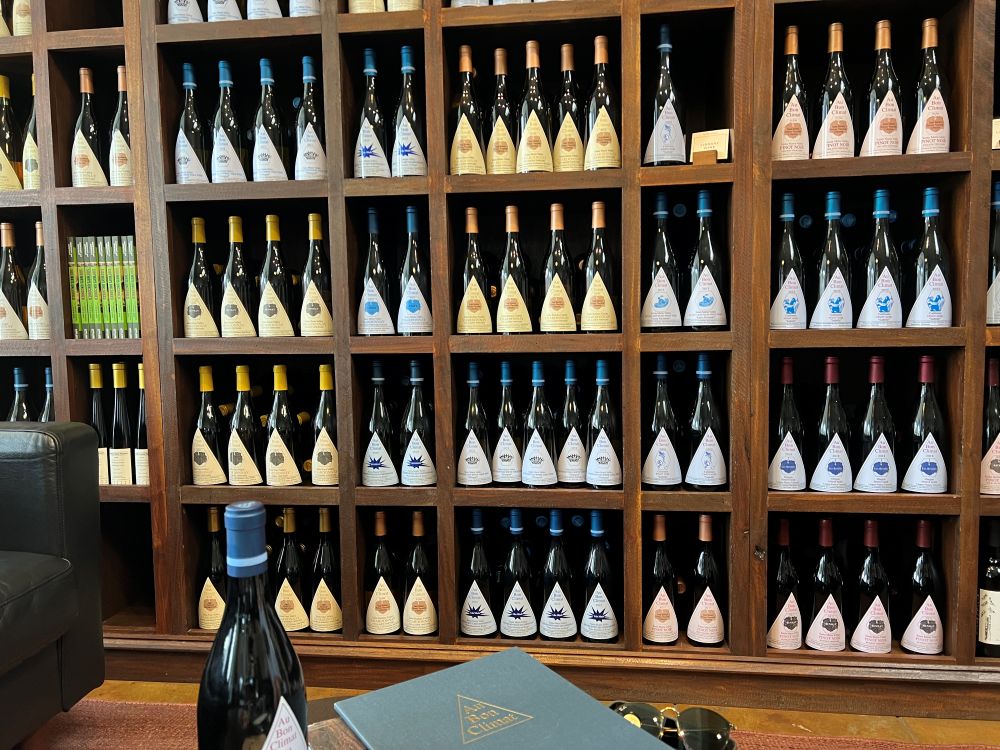
***
Reference
Choi, B., & Joo, J. (2021). Authentic Information on the Back Label of Wine Bottle. Asia Marketing Journal, 23(3), 13–26.
This paper investigates whether including authentic information on the back labels of wine bottles enhances consumers’ confidence and purchase intentions about wine; it also assesses the moderating role of involvement and knowledge about wine. We conducted two experimental studies. Study 1 generated three findings. First, when the back label had authentic information, subjects showed higher confidence levels. Second, this effect was hold for subjects with low levels of involvement. Finally, we did not observe this effect for subjects with high levels of involvement. Study 2 extended study 1’s findings and identified the moderated mediation effect of confidence. The findings highlight the important impact on wine choice of authentic information. However, the findings also suggest that authentic information may not be sufficient to attract people with high levels of involvement and knowledge. This study’s findings provide wine producers with practical marketing insights.
